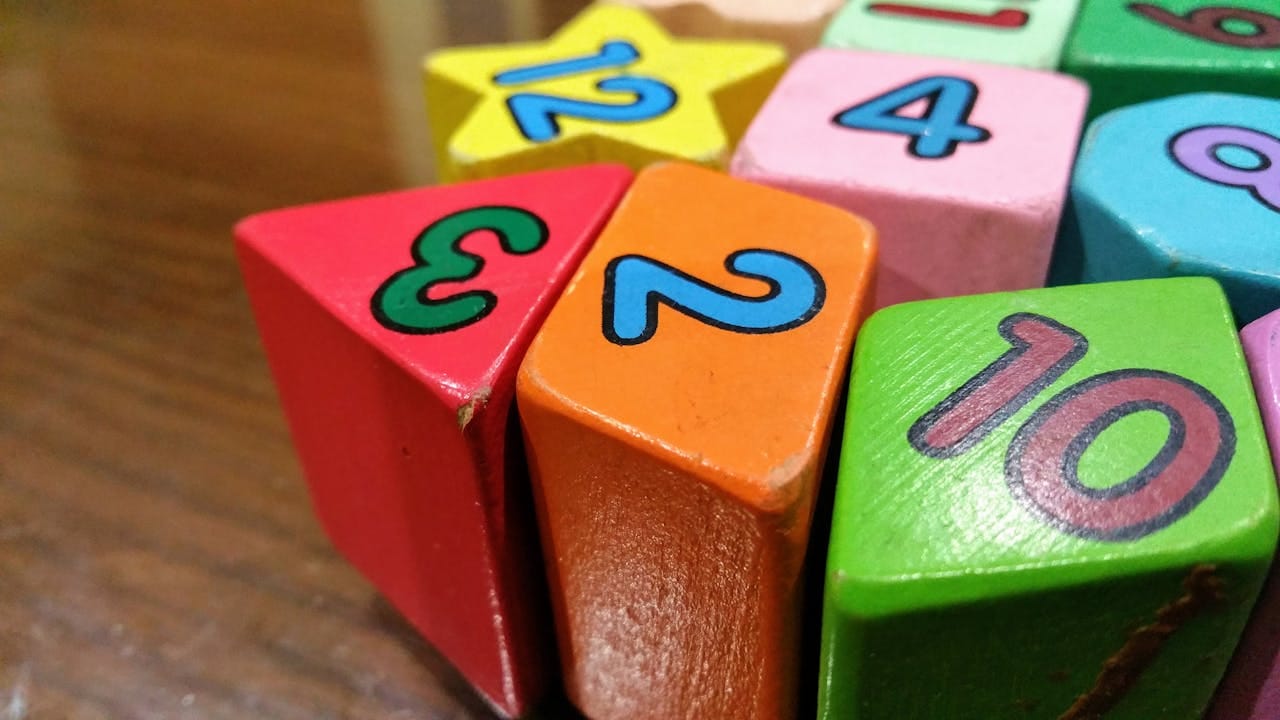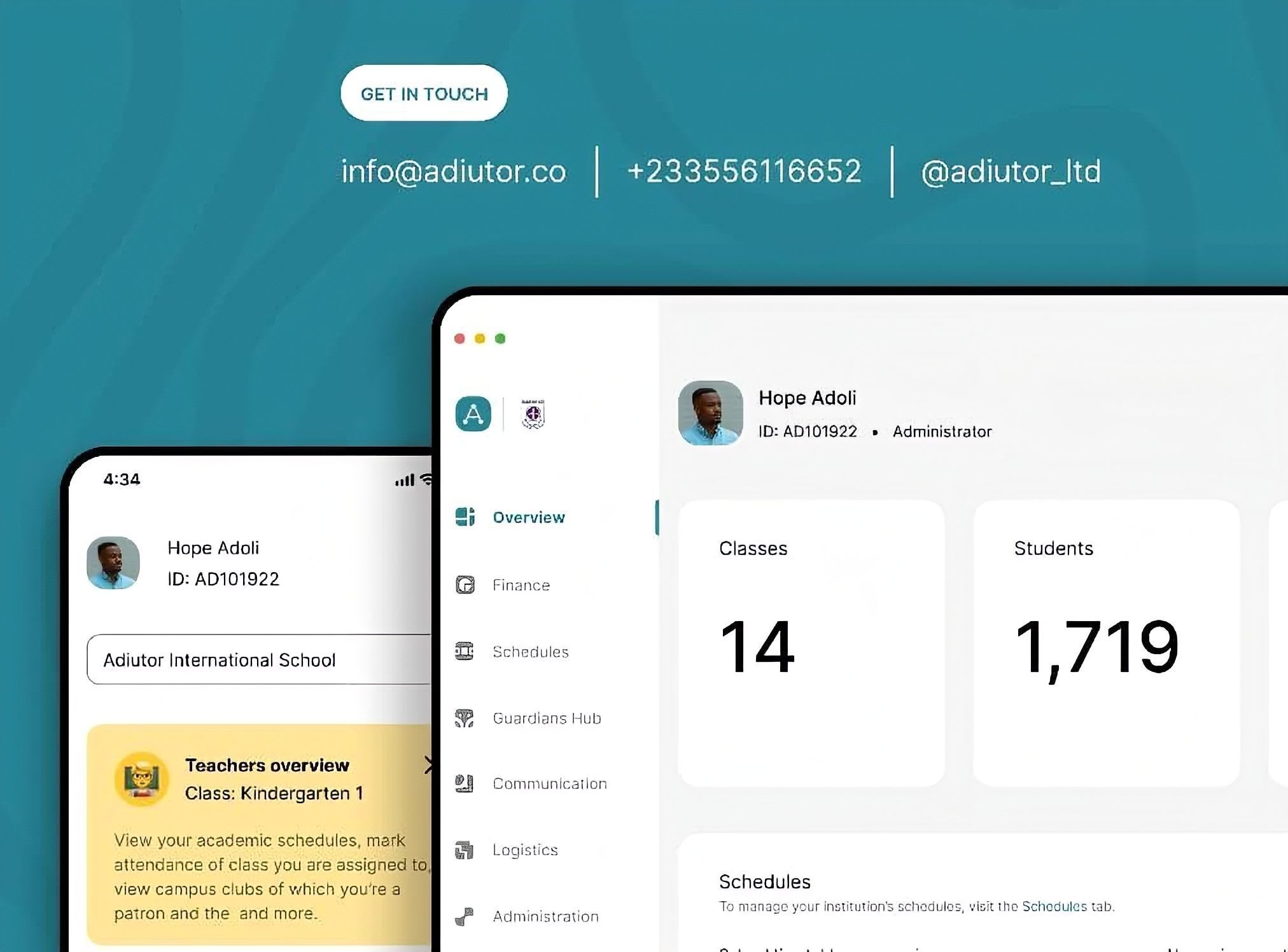Understanding Dyscalculia
Dyscalculia is a specific learning difficulty that affects an individual’s ability to understand and work with numbers. It is often described as the mathematical equivalent of dyslexia, but this comparison only goes so far.

Dyscalculia is a specific learning difficulty that affects an individual’s ability to understand and work with numbers. It is often described as the mathematical equivalent of dyslexia, but this comparison only goes so far. The cause for this condition is rooted in differences in the way the brain's intraparietal sulcus (a region known to be involved in numerical cognition) operates. Functional MRI studies have shown that this region behaves differently in individuals with dyscalculia compared to neurotypical peers, even when they perform the same basic tasks.
Dyscalculia is often categorised into two main types: primary dyscalculia (which is neurodevelopmental in nature) and secondary dyscalculia (which can result from external factors like poor instruction, emotional trauma, or other learning disorders). While both present similarly in behaviour, the underlying mechanisms may differ, and so must the interventions.
Inside the Mind: Number Sense
Number sense refers to our natural ability to understand and work with quantities, like knowing how many items are in a group without needing to count or comparing sizes. Naturally, we can do this without needing words or symbols. This skill appears very early in life and is linked to a part of the brain called the intraparietal sulcus (IPS), which helps us understand numbers. Even babies as young as six months old can tell the difference between small groups of items.
As children grow, the brain connections between the IPS and the prefrontal cortex (which helps with memory and decision-making) get stronger. This helps kids handle more difficult number tasks, like using symbols (e.g. “4” or “7”) and solving math problems. Over time, kids learn to connect things they see (like a group of dots) with number symbols, which helps them learn arithmetic.
In children with dyscalculia, this brain development may not follow the usual path. As a result, they often struggle with comparing numbers, estimating amounts, or doing math.
Neuroscientific studies using functional magnetic resonance imaging (fMRI) have implicated the intraparietal sulcus (IPS) in numerical reasoning. In individuals with dyscalculia, this region tends to show atypical activation patterns, especially during tasks that involve quantity comparison or symbolic number manipulation. In some cases, the IPS is underactive; in others, it may engage inefficient compensatory pathways.
Subsystems Affected
Due to the nature of how foundational numerical reasoning is in other areas of cognitive reasoning, effects of dyscalculia often trickle down to other cognitive subsystems, including:
- Magnitude processing: The ability to estimate and compare sizes or quantities. Dyscalculic learners often lack an internal "number line," making it difficult to judge numerical distances or grasp the concept of more/less.
- Symbolic representation: Connecting symbols (like “7”) to the abstract quantities they represent. This symbolic mapping is delayed or impaired, making even basic arithmetic feel abstract and arbitrary.
- Working memory: Especially visuospatial working memory, which is essential for keeping track of steps in multi-part problems, holding intermediate results, and manipulating numbers mentally.
- Executive functioning: Dyscalculia can also involve difficulties with inhibition and cognitive flexibility, essential skills for selecting strategies, switching approaches, or self-monitoring during problem-solving.
It's important to note that dyscalculia can vary significantly from one person to another. Some individuals may have strong verbal reasoning but poor visuospatial processing; others may have relatively intact number sense but struggle with procedural memory.
How Dyscalculia Shows Up in Real Life
Trouble learning to count: Children with dyscalculia may memorize the counting sequence (“one, two, three…”) without actually understanding what those numbers mean. They might count objects inaccurately or lose track midway.
Difficulty recognizing quantities without counting: Most children develop the ability to recognize a set of three or four objects instantly, a skill called subitizing. Students with dyscalculia may struggle with this even well into elementary school.
Confusion with basic math symbols: Signs like +, −, ×, and ÷ often don’t register clearly. Children may mix them up or hesitate to use them altogether, because the symbols remain abstract and disconnected from meaning.
Inconsistent performance: One day, a student might solve a basic problem correctly. The next, they seem to have forgotten entirely. This inconsistency isn’t uncommon and can be frustrating for both learners and educators.
Older students and adults might struggle with managing time, estimating costs, reading maps, or remembering directions. Math is deeply embedded in daily life, and when foundational number sense is weak, it affects far more than school performance.
Supporting children with Dyscalculia
Make Numbers Concrete Before Abstract: Start with concrete representations. Using tools like number lines, counters, base-ten blocks, or dot arrays allows students to see and physically manipulate quantities.
Focus on Conceptual Understanding, Not Just Procedures: Instruction should emphasise why math works, how quantities relate, how patterns form, and what operations do. For example, a lesson on “borrow and regroup” in subtraction, educators can model what subtraction looks like using real-world objects or visual decompositions. This encourages flexible thinking and deepens number sense.
Support Memory and Processing with External Tools: Because working memory and sequencing are common challenges, it helps to offload cognitive demands using supports like:
- Graphic organisers for multi-step problems
- Number lines are kept on desks
- Verbal rehearsal strategies for facts (e.g., “five and five make ten”)
Use Consistent, Cumulative Instruction: Students benefit from structured instruction that builds logically and cumulatively. That means reviewing foundational skills frequently while gradually introducing new concepts. Techniques like spiral review, where key ideas are revisited in different contexts/scenarios over time, help prevent learning loss and reinforce retention. The use of errorless learning, where tasks are scaffolded to prevent mistakes early on, can also reduce frustration and build confidence.

Adiutor
Adiutor means "helper" - we do just that, by taking a load of your school administration and helping you focus on what matters most: the kids.
References
Butterworth, B., Varma, S., & Laurillard, D. (2011). Dyscalculia: From brain to education. Science, 332(6033), 1049–1053. https://doi.org/10.1126/science.1201536
Geary, D. C. (2011). Cognitive predictors of achievement growth in mathematics: A 5-year longitudinal study. Developmental Psychology, 47(6), 1539–1552. https://doi.org/10.1037/a0025510
Kaufmann, L., Mazzocco, M. M. M., Dowker, A., von Aster, M., Goebel, S. M., Grabner, R. H., & Henik, A. (2013). Dyscalculia from a developmental and differential perspective. Frontiers in Psychology, 4, 516. https://doi.org/10.3389/fpsyg.2013.00516
Piazza, M., & Eger, E. (2016). Neural foundations and functional specificity of number representations. Neuropsychologia, 83, 257–273. https://doi.org/10.1016/j.neuropsychologia.2015.09.025
Price, G. R., & Ansari, D. (2013). Dyscalculia: Characteristics, causes, and treatments. Numeracy, 6(1), Article 2. https://doi.org/10.5038/1936-4660.6.1.2
Rosenberg-Lee, M., Chang, T. T., Young, C. B., Wu, S., & Menon, V. (2011). Functional dissociations between four basic arithmetic operations in the human posterior parietal cortex: A fMRI study. NeuroImage, 55(4), 1959–1973. https://doi.org/10.1016/j.neuropsychologia.2011.04.035
Szűcs, D., & Goswami, U. (2013). Developmental dyscalculia: Fresh perspectives. Trends in Neurosciences and Education, 2(2), 33–37. https://doi.org/10.1016/j.tine.2013.06.004
